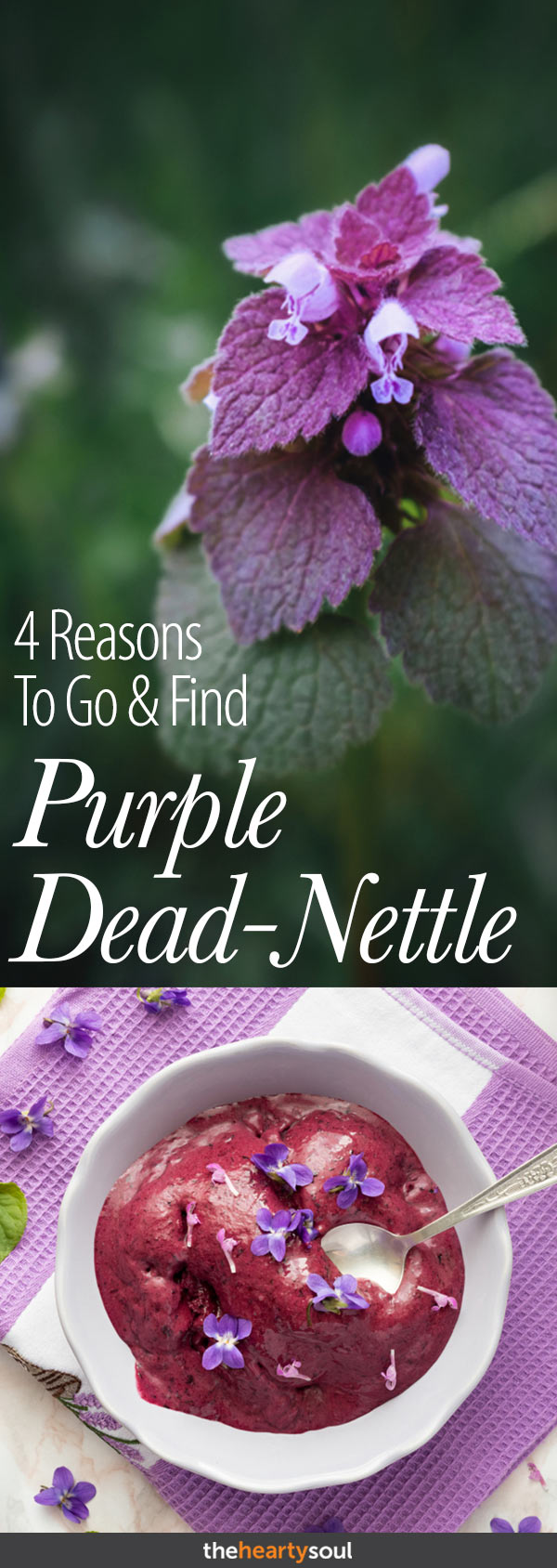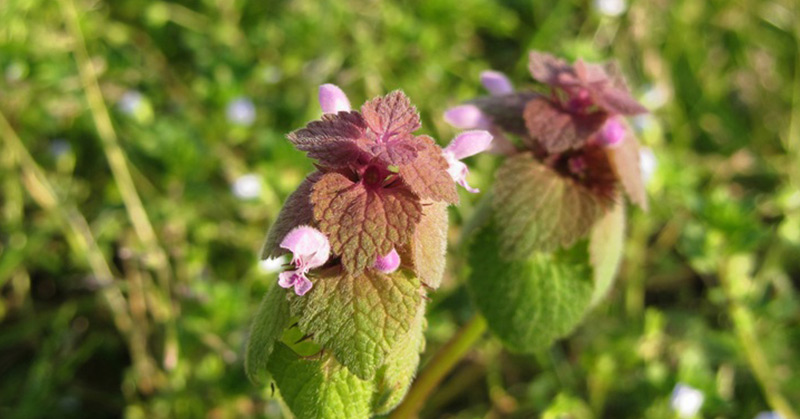If you’ve ever come across purple dead-nettle, you’ve likely seen this common plant without even realizing it. Originally from Europe and Asia, it can now be found throughout North America as well. Keep an eye out for it on your next nature walk, as it’s a recognizable plant with fuzzy, spade-shaped leaves and delicate purple-pink flowers.
Purple dead-nettle belongs to the mint family and is a wild, edible green. Its mild, slightly grassy flavor makes it a versatile addition to salads, soups, smoothies, or teas. Not only is it tasty, but it’s also highly nutritious, packed with vitamins, iron, fiber, and antioxidants.
Aside from its culinary uses, purple dead-nettle offers numerous medicinal benefits, including anti-inflammatory, antibacterial, and antifungal properties. It can reduce allergy symptoms, aid in wound healing, and boost the immune system. Bees also benefit from this plant, making it a valuable addition to any garden.
Growing your own:
To cultivate purple dead-nettle, you can collect seeds from wild plants and spread them in the fall. Planting in nutrient-rich soil with proper sunlight will ensure a healthy yield. Harvesting is simple—just pick the upper leaves and stems in spring and summer.







